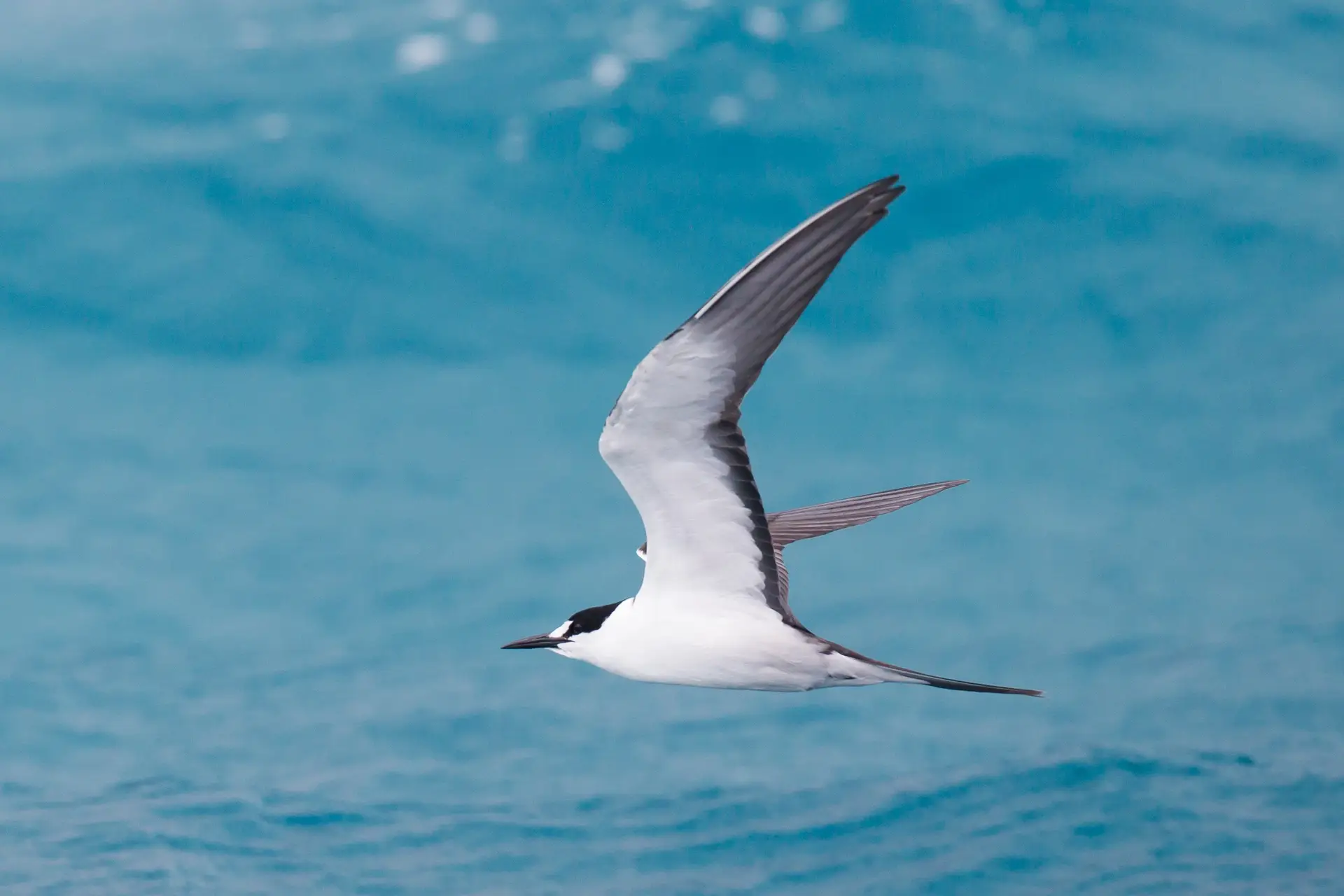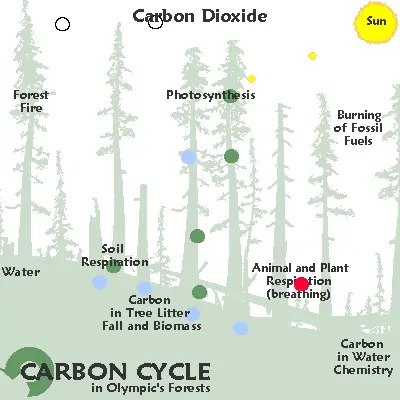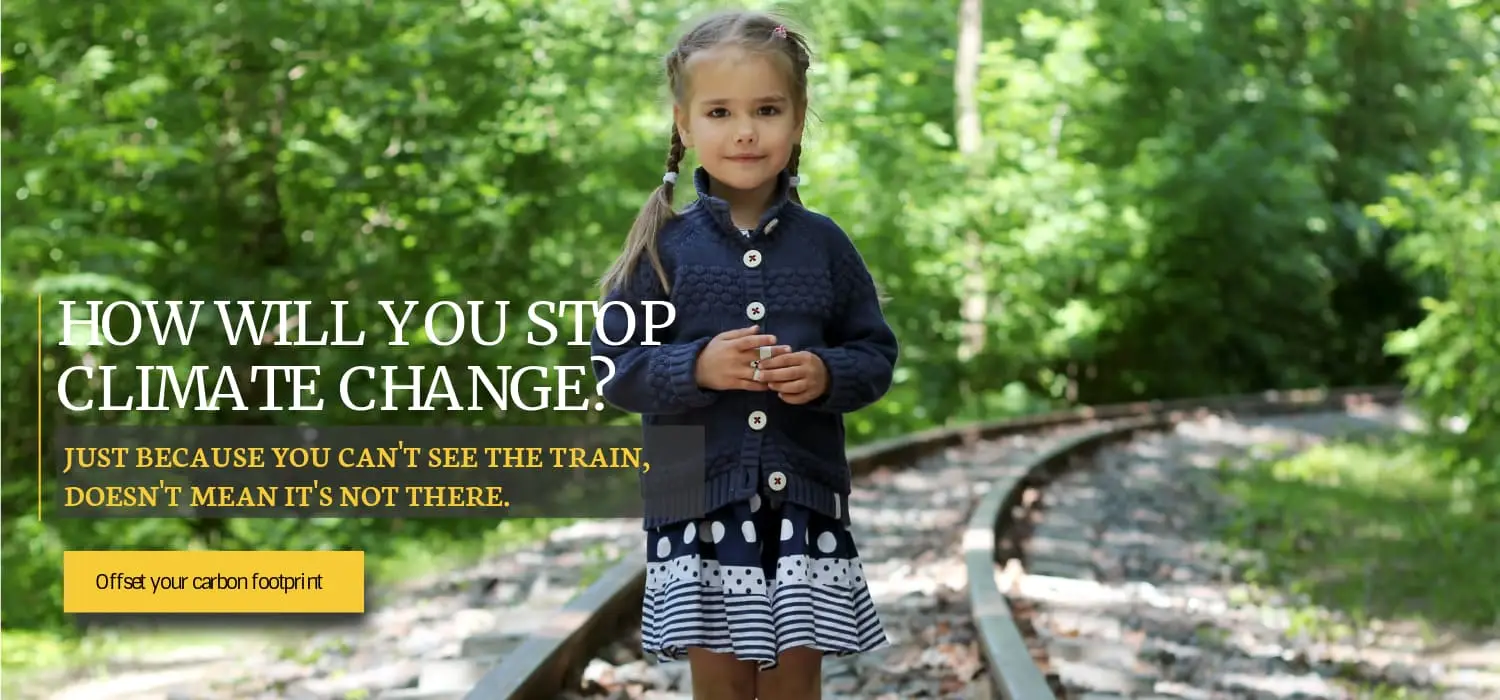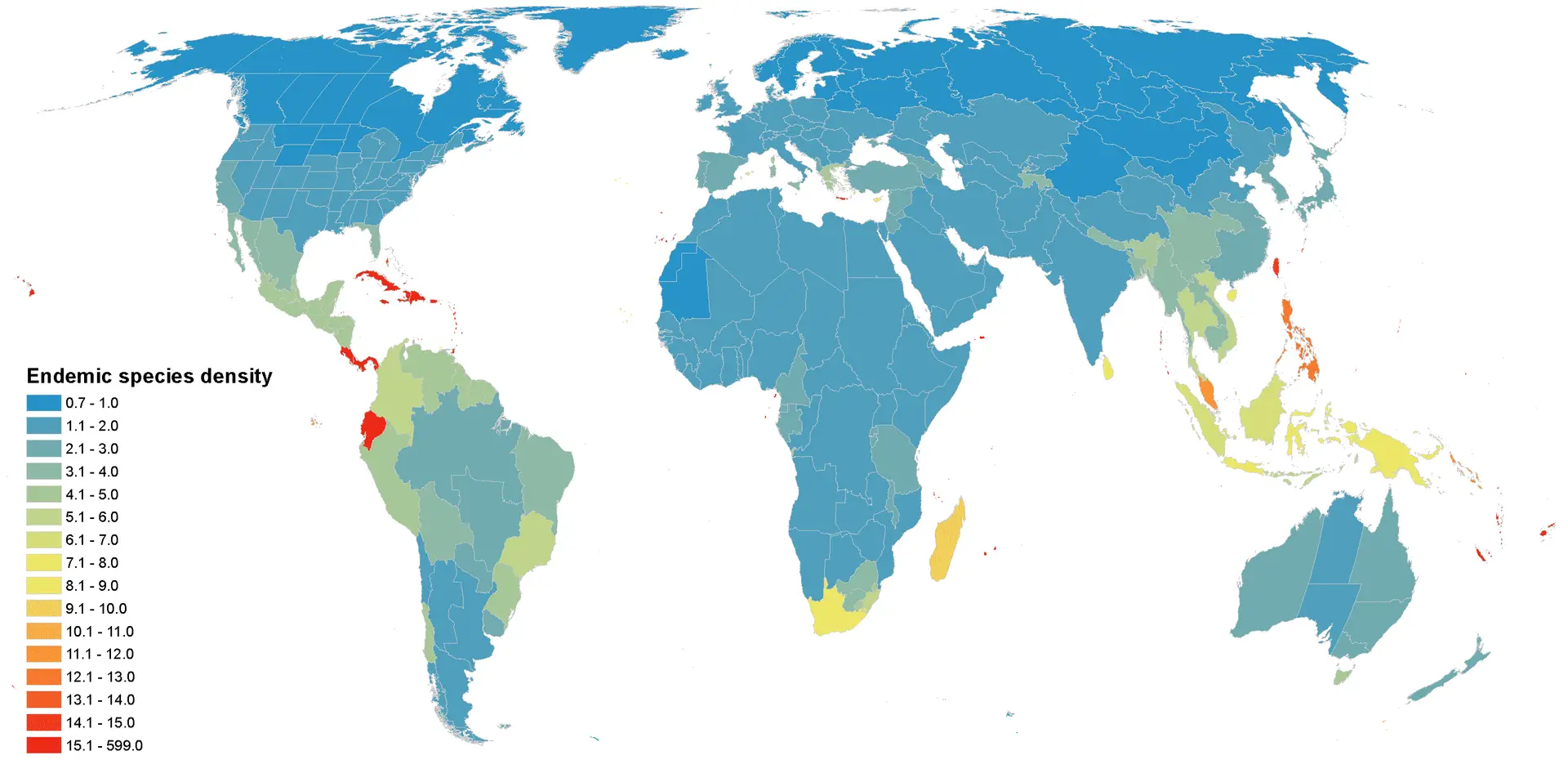The Health of Our Oceans: Seabirds as Sentinels.

September 16, 2019
The Bird Catchers
A FILM BY JAMES ROBINSON
Sooty terns have been returning to the Dry Tortugas National Park in the Florida Keys to breed from mid-January through July for untold years. Scientists have been there to meet them since the 1930’s. An ambitious research project has collected decades of data on over 500,000 birds to help reveal the secrets of their life at sea.
Scientists can learn a lot from the terns about climate change and the health of our oceans. Because of the extensive area covered on their ocean journeys, terns are yielding new insights about how humans are altering the planet. Unfortunately, most of the insights come from mortalities of the terns.
But first, they have to catch them.
We recently got a unique perspective on what it takes to monitor the 500,000 sooty terns that have been banded over the life of the project. Created by James Robinson, a student at Duke University, we see the project through the eyes of young scientists following in the footsteps of Dr. Pimm to collect the data needed to understand our planet through the journey of the terns.
In the eight decades since research began, sooty tern populations on the Dry Tortugas have dropped 84 percent, from 3 million birds to around 350,000. Their struggles could point to troubling changes in our oceans and our climate. Rising sea levels are flooding nesting grounds. More frequent and intense storms are battering terns in the open ocean. Over-fishing is depleting their food supply.
What We’ve Learned About Hurricanes
Dr. Ryan Huang, a scientist from Duke University led a recent study on the connection between hurricanes and seabird deaths. A new map produced by the research shows that sooty terns leave their breeding colony at Dry Tortugas National Park in the Florida Keys each June as hurricane season starts. They migrate southward and eastward across the Caribbean through summer and early fall, before skirting the northern coast of South America and arriving at their winter habitat off the Atlantic coast of Brazil in November.
Huang and his colleagues charted the migratory path by recording and mapping the dates and locations of all sooty terns banded for study at the Dry Tortugas since the 1950’s but found dead elsewhere. They also mapped locational data retrieved from birds that were fitted with satellite-telemetry tracking tags. When they overlaid all this data with maps of hurricane paths from the same period, they discovered a striking correlation between bird deaths and hurricanes.
Migration itself is a very stressful, very taxing process for these birds to undergo,” said Huang. “Encountering a storm adds even more stress, forcing the birds to fight strong winds and rain. Those that can’t handle that will likely die.” Unlike many shorebirds, sooty terns do not have special feather oils to help repel water, so they’re susceptible to drowning.
What We’ve Learned About Overfishing
In another recent study, tern feathers provided insights into the effects of overfishing. The feathers gave the scientists a window into broad changes in the terns’ diets over time. Starting at the end of the last century, presumably due to overfishing, the terns started eating more squid and small crustaceans, and fewer fish.
The change in diet corresponded with a decline in the sooty tern population. Fish are loaded with protein and fats and as such are a nourishing food source for seabirds and their fast-growing chicks; squid and crustaceans are not a good alternative.



